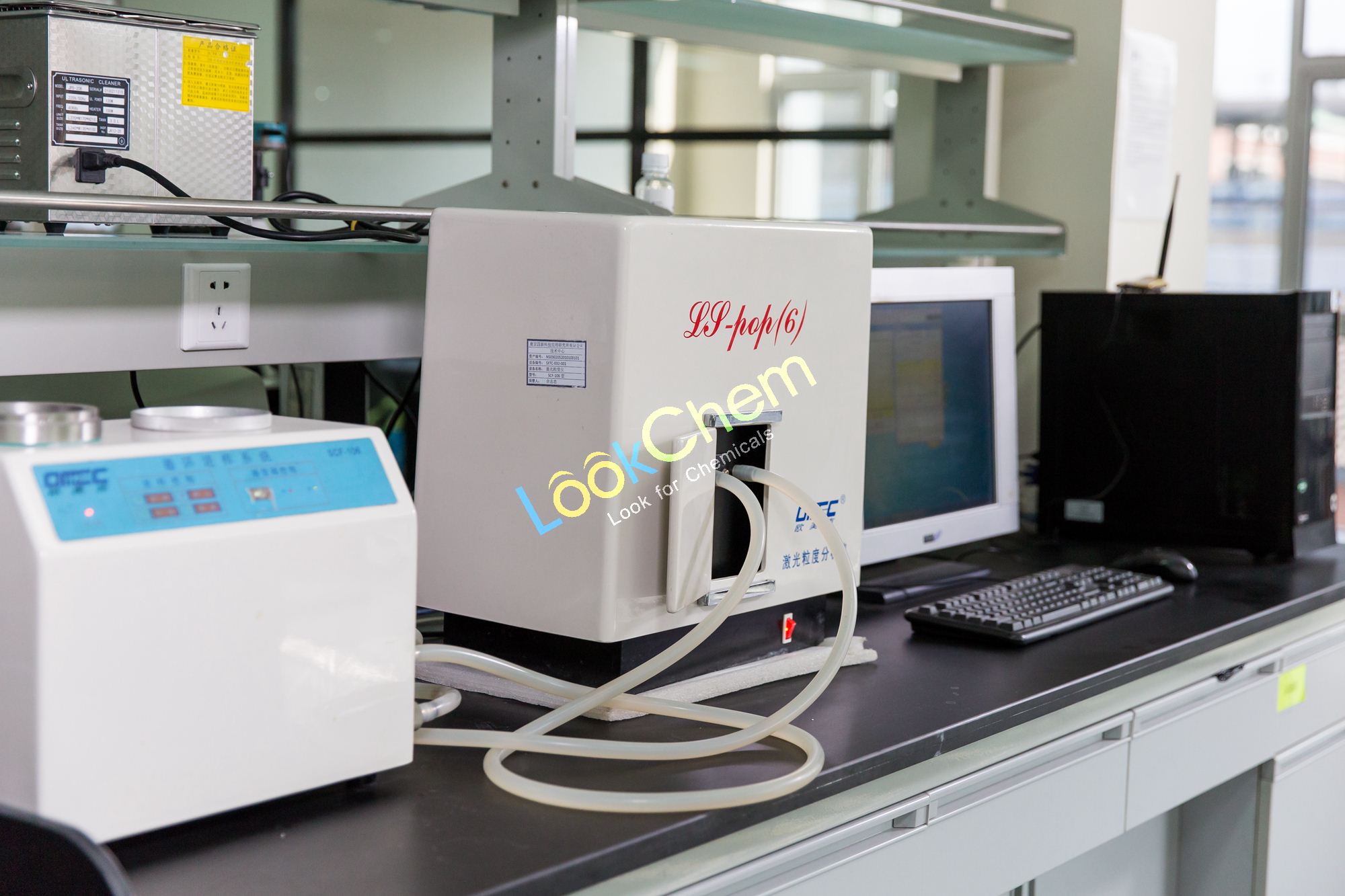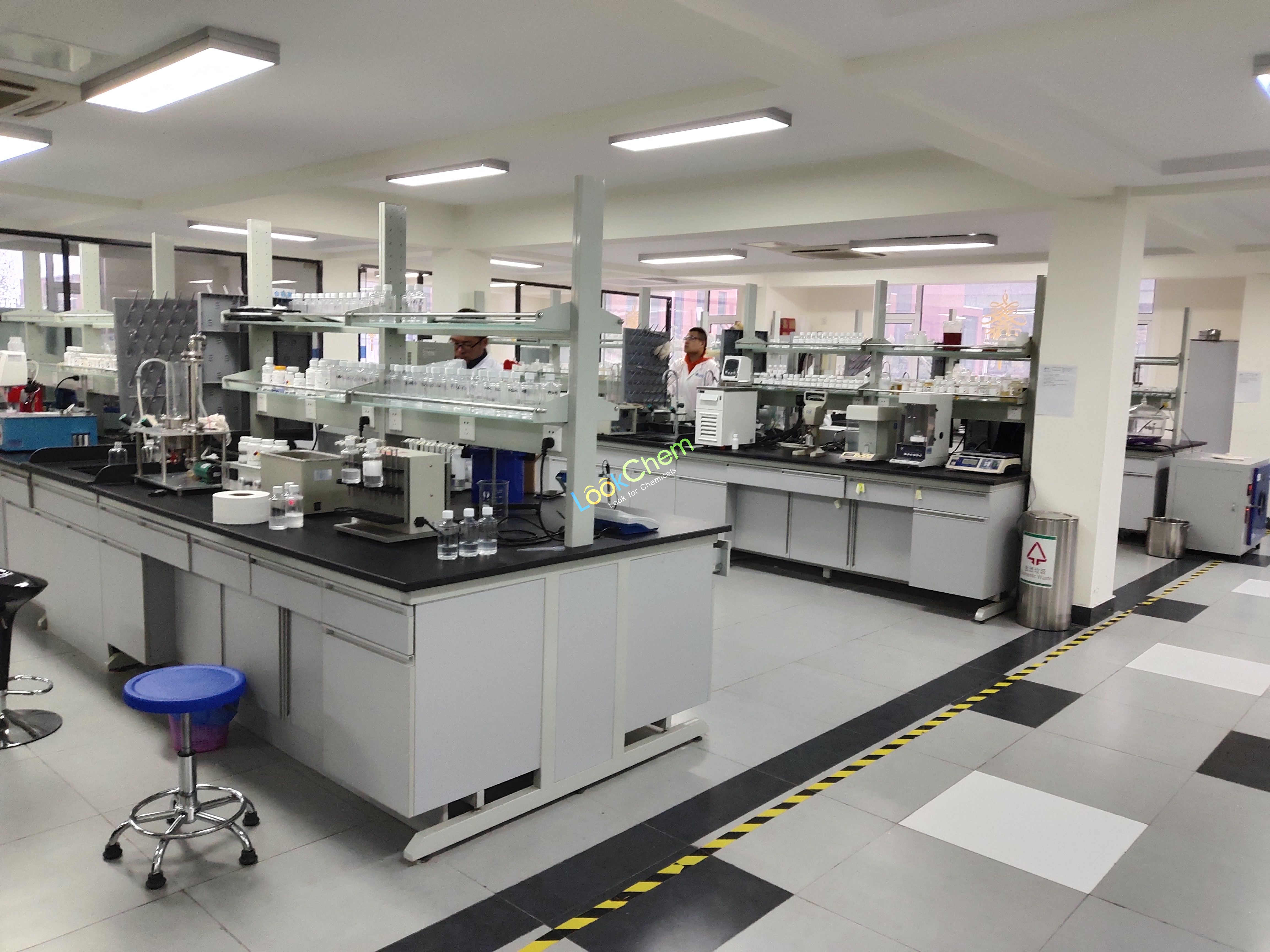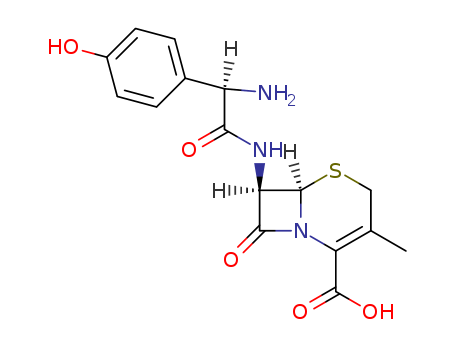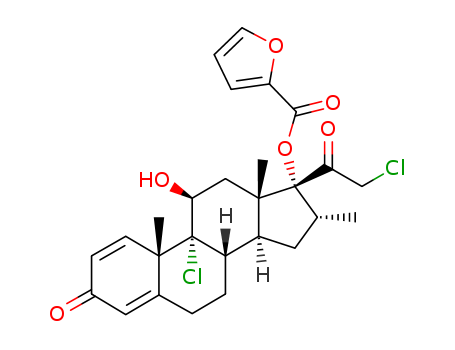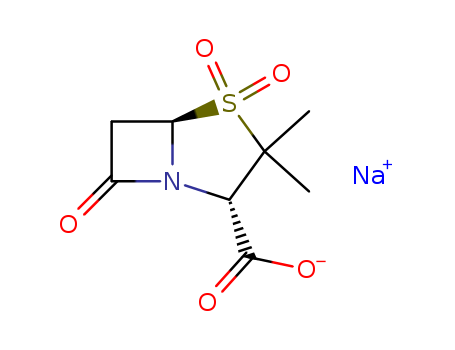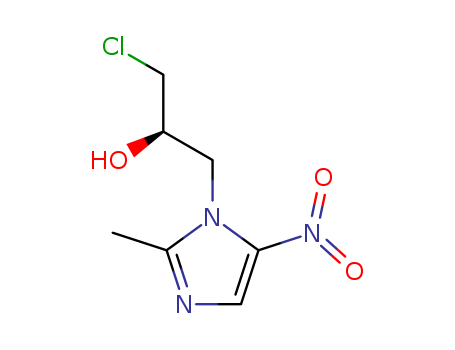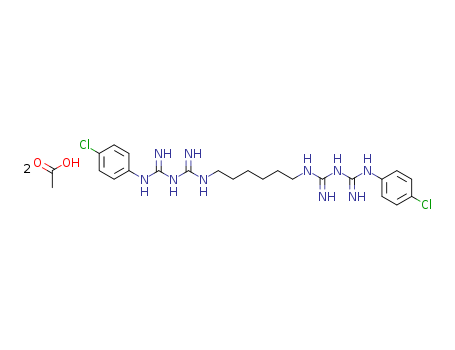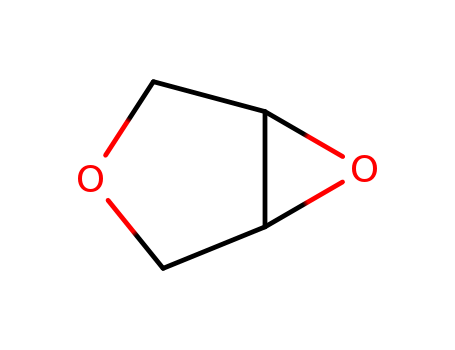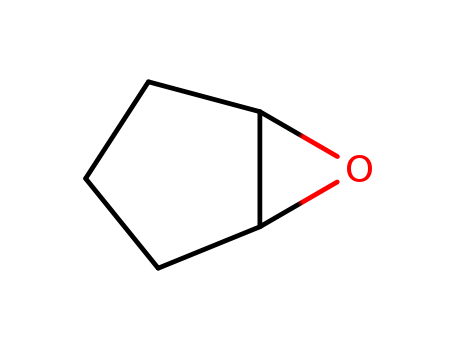N-Acetylneuraminic acid CAS NO.131-48-6
- FOB Price: USD: 744.52-744.52 /Metric Ton Get Latest Price
- Min.Order: 1 Kilogram
- Payment Terms: T/T,
- Available Specifications:
pharmaceutical grade(0-1)Metric Ton
- Product Details
Keywords
- SIALIC ACID
- SIALIC ACID HYDRATE
- NEU5AC
Quick Details
- ProName: N-Acetylneuraminic acid
- CasNo: 131-48-6
- Molecular Formula: C11H19NO9
- Appearance: crystalline
- Application: Pharma;Industry;Agricultural;chemical ...
- DeliveryTime: 3-5 working days
- PackAge: as your requirement
- Port: China Main Port
- ProductionCapacity: 1000 Metric Ton/Month
- Purity: 98%
- Storage: ?20°C
- Transportation: SEA OR AIR
- LimitNum: 1 Kilogram
Superiority
Details
Sialic acid is a carbohydrate widely existing in nature, and it is also a basic component of many glycoproteins, glycopeptides and glycolipids. It has a wide range of biological functions, such as regulation of blood protein half-life, neutralization of a variety of toxins, cell adhesion, immune antigen and antibody reaction and protection against cell lysis.Biochemical derivatives of sialic acid are also commonly used in drug synthesis.N-acetylneuraminicacid (n-acylneuric acid) is the most widely distributed sugar in nature, mainly composed of glycoproteins, glycolipids or bacterial capsules of animal cell membrane or secretion.In glycoproteins or glycolipids, the keto of position 2 forms glycosidic bonds and makes it located at the non-reducing end of the sugar side chain, and its negative charge or unique chemical structure makes it have various physiological specificity.Hydrolysis of an enzyme that removes terminal n-acetylneuraminidase (neuraminidase) is very widely distributed in nature from viruses to animals, and the role of this terminal acid sugar residue has been clarified by the physiological activity changes that occur by processing this enzyme.For example, this sugar residue forms the binding site of the influenza virus in the cell membrane of the red blood cell and plays a major role in the mutual recognition of plasma glycoprotein with liver cells or the recognition mechanism of lymphocytes on the circulation pathway.Although biosynthetic pathways are somewhat different in animals and bacteria, they are all catalyzed by specific pyrophosphatase to generate cmp-n-acetylneuraminic acid by n-acetylmannan or its 6-phosphate ester, and then incorporated into the sugar chain by glycosylation transfer reaction.






